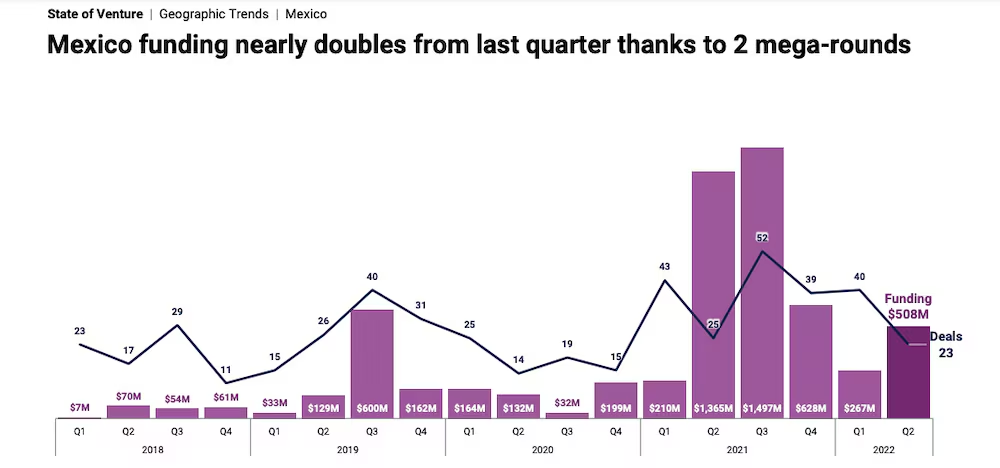I dont share here the email for LP/GPs i sent monthly, however AngelList published the performance for funds in their platform (aggregates) and if you are in the VC industry I believe its a good way to understand the current market. (note: in english since the email I send is in english)
Hi dear friends,
Here’s my take on the trends and concerns reflected in this dataset:
Key Observations
• The 2017 vintage shows the strongest performance:
• Median IRR: 19.7%
• Median TVPI: 3.57x
• Median DPI: 0.29x
• Steady decline across all metrics from 2017 to 2023:
• IRR drops from 19.7% (2017) to -5.5% (2023)
• TVPI declines from 3.57x (2017) to 0.95x (2023)
• DPI remains near zero for recent vintages, indicating a lack of distributions.
Liquidity Concerns: When Did It Become a Problem?
• The 2017-2018 vintages show some DPI, but even after 6+ years, LPs haven’t seen significant cash returns. Ouch!
• 2019 marks the real turning point: DPI collapses to near zero, signaling a breakdown in liquidity. Ouch times 3!
• 2020-2023 vintages are almost entirely illiquid, with DPI stuck at 0.00x, showing that exits have stalled.
Market Reality: Why Are Exits Stalling?
• Post-2021 exit market collapse: The IPO window shut down, M&A slowed, and high-valuation startups are stuck.
• 2019-2021 overvaluation problem: Many startups raised at inflated multiples and can’t exit profitably without major markdowns.
• Structural venture challenges: Even before 2021, DPI was low, suggesting that the industry had already over-relied on paper markups.
J-Curve vs. Broader Concerns: Are 2021-2023 Vintages Just Too Young?
• Venture funds follow a J-curve, where returns start low and improve around years 5-8.
THIS IS KEY:
• However, even adjusting for fund maturity, the early performance of recent vintages is weaker than historical norms:
• 2017 had 3.57x TVPI by year 4, while 2021 is only at 1.04x.
• 2022-2023 vintages have near-flat TVPI (~1.00x), meaning no real appreciation.
• Negative IRRs (-5.5% in 2023) are sharper than usual for early-stage funds.
This suggests that while 2021-2023 funds need more time, they are facing far worse conditions than prior cycles.
Final Takeaway
• Liquidity issues emerged in 2019 and worsened post-2021 as exits dried up.
• Even mature funds (2017-2019) have struggled to distribute capital, suggesting broader structural issues in venture.
• The next 2-3 years will determine whether these vintages recover or remain stuck, shaping the future of venture fundraising.

































